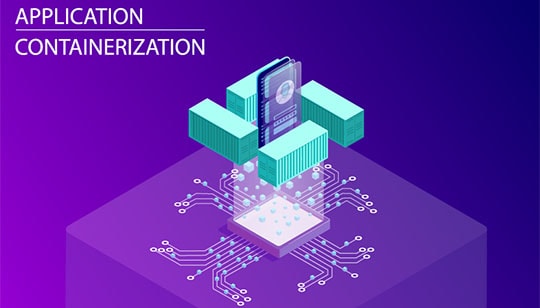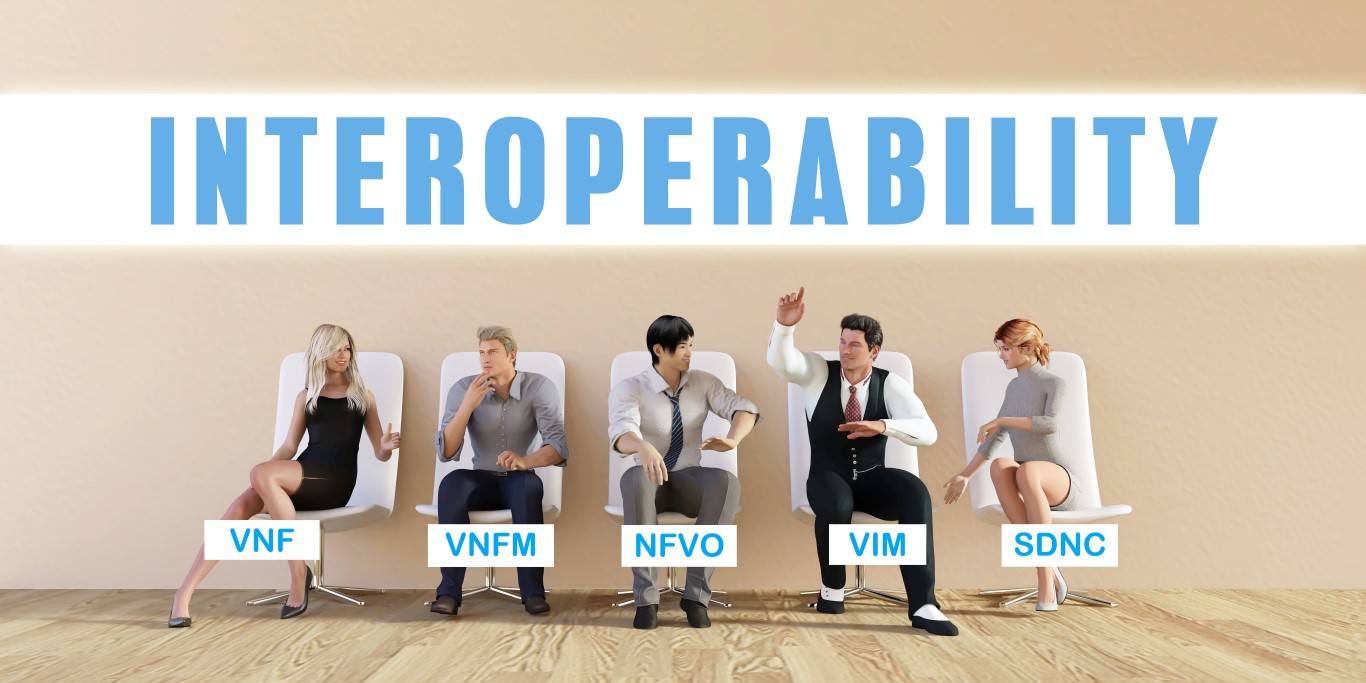When ETSI ISG NFV met in Sophia Antipolis recently for their 41st plenary meeting, it was not only collocating the 10 year anniversary celebration (see separate blog post here) with a week full of technical discussions. It was also a major step to provide the next package of specifications in NFV’s Release 4. The new package contains edition 4.4.1 documents for both stage 2 and stage 3.
In stage 2, 14 documents were updated mainly with maintenance. In addition, 2 new group specifications were published:
ETSI GS NFV-IFA 048, which adopts the State-Task design pattern to specify the NFV-MANO policy information model. The information elements in the model are transferred through policy management interfaces over NFV-MANO reference points, which enable the enforcement of policies in the framework of NFV-MANO. Stack-Task design pattern supports representing different policy expression forms and provides more flexibility and extensibility in respects to policy.
ETSI GS NFV-IFA 047, which specifies the service requirements as well as service interfaces produced by the MDAF (Management Data Analytics Function). Following the recommendations from a previous Release 4 group report ETSI GR NFV-IFA 041 on enabling autonomous management in NFV-MANO, this specification specifies a new function named MDAF (equipped with AI/ML models) and its service interfaces, which improve decision making of NFV-MANO in automation processes especially for network service management and orchestration.
In stage 3, there were 10 updated documents. The major highlights are described below:
ETSI GS NFV-SOL 018 - Profiling specification of protocol and data model solutions for OS Container management and orchestration:
The biggest part of the updates was about Cloud-Native VNFs and Container Infrastructure management. After the big leap forward in the support of containerized workloads in the NFV framework, which the previous edition 4.3.1 represented, the recently published 4.4.1 edition has brought additional support and consolidation of the feature.
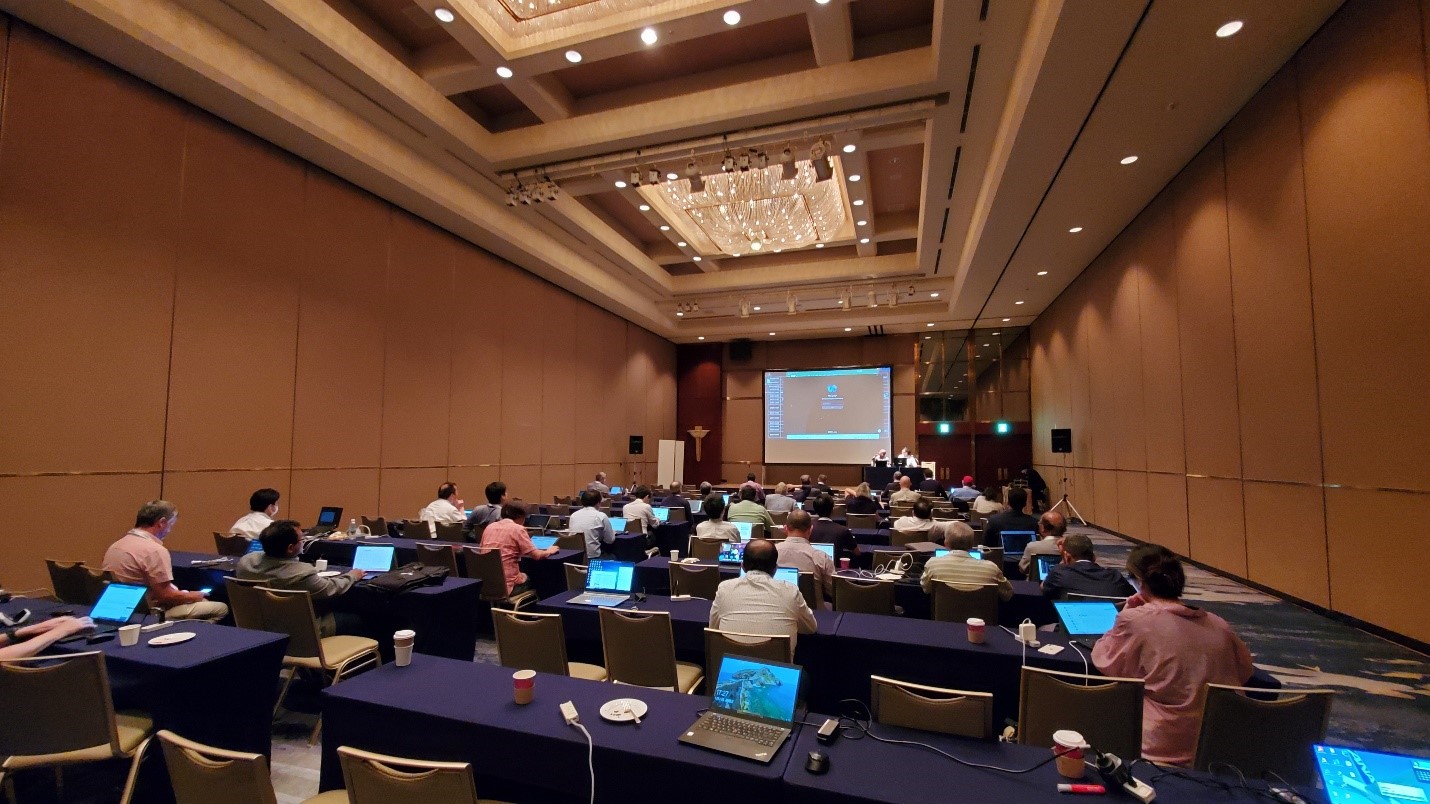


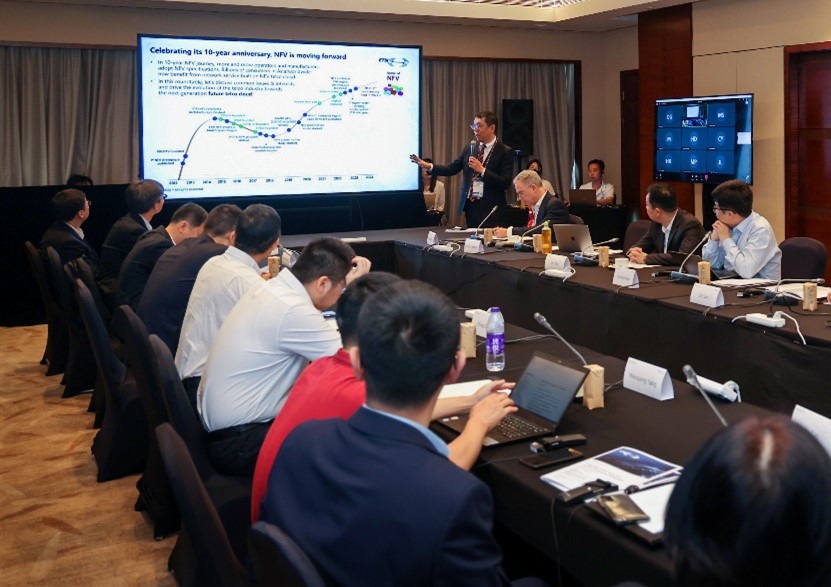
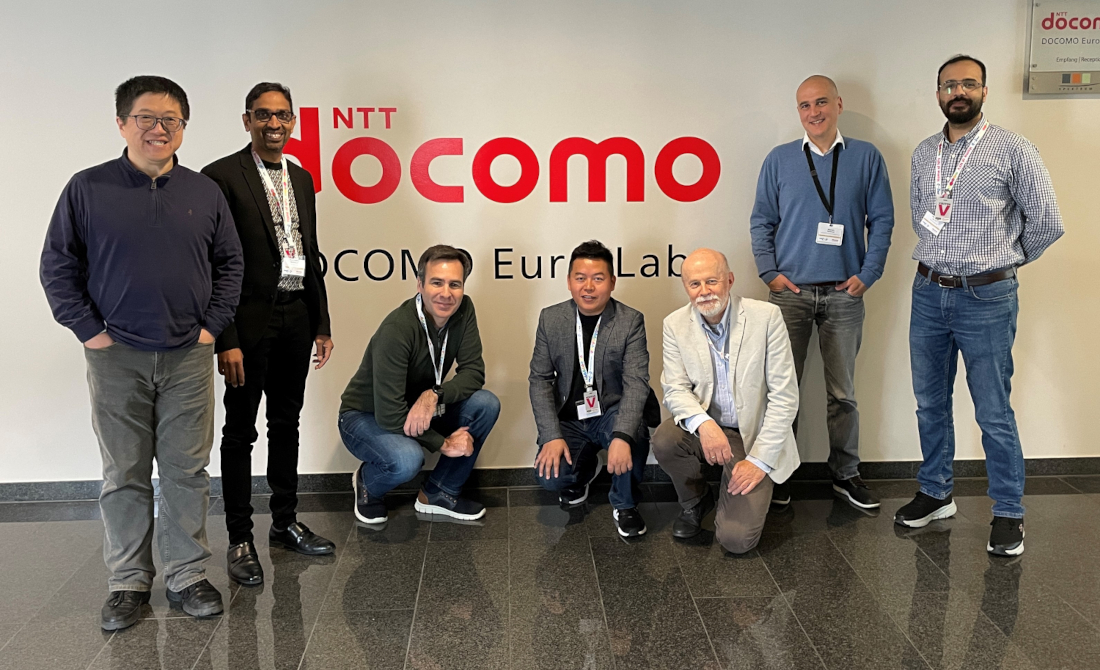
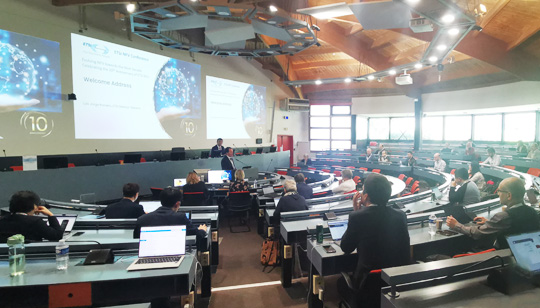 The NFV#41 opening plenary was held at the very beginning of the week. ETSI ISG NFV chair Yoshihiro Nakajima started by highlighting the achievements from the NFV#40 - ETSI ISG NFV continues to deliver with very good pace. As well, he took advantage to briefly announce the 10th anniversary event -a good opportunity to not only celebrate the accomplishments that NFV has made in the past 10 years, but also to look forward to the future.
The NFV#41 opening plenary was held at the very beginning of the week. ETSI ISG NFV chair Yoshihiro Nakajima started by highlighting the achievements from the NFV#40 - ETSI ISG NFV continues to deliver with very good pace. As well, he took advantage to briefly announce the 10th anniversary event -a good opportunity to not only celebrate the accomplishments that NFV has made in the past 10 years, but also to look forward to the future.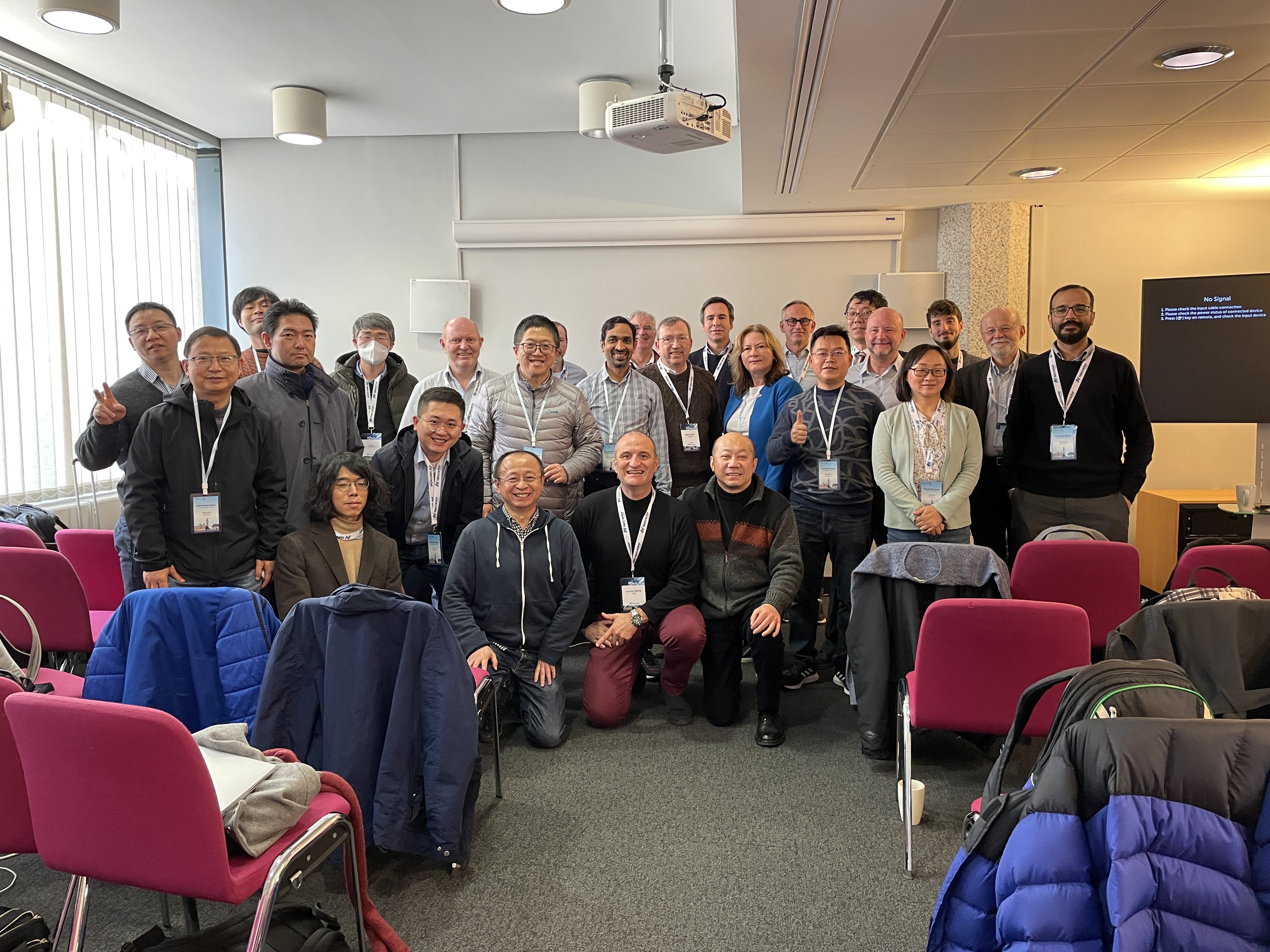

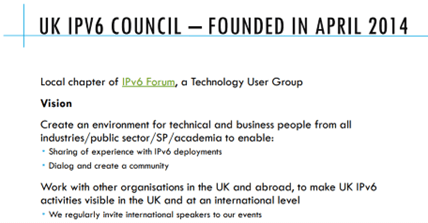

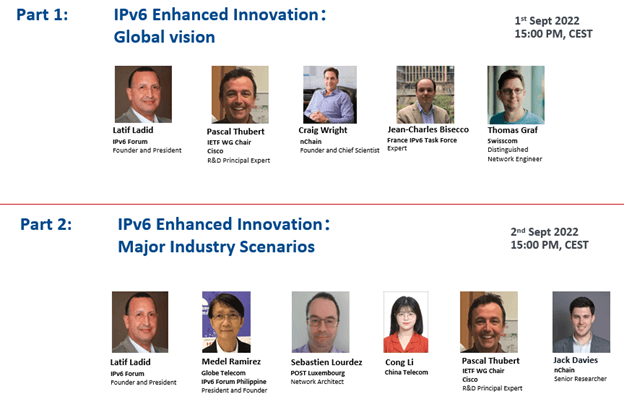
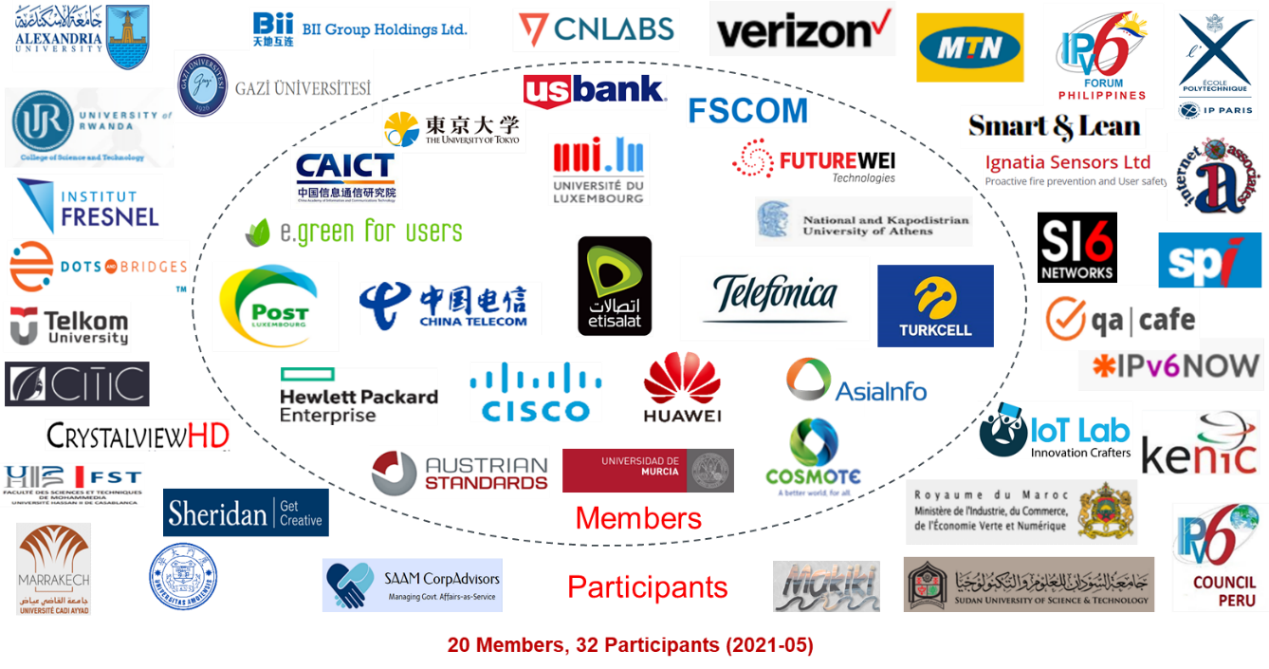

 Undaunted by this situation, the technical experts at the ETSI ISG NFV continued to work tirelessly developing and delivering specifications that help get and keep “everyone/everything connected”. And the hard work paid off as ETSI ISG NFV delivered during the second half of 2020 new and updated "protocols and data model" (stage 3) specifications incorporating NFV Release 3 features.
Undaunted by this situation, the technical experts at the ETSI ISG NFV continued to work tirelessly developing and delivering specifications that help get and keep “everyone/everything connected”. And the hard work paid off as ETSI ISG NFV delivered during the second half of 2020 new and updated "protocols and data model" (stage 3) specifications incorporating NFV Release 3 features.